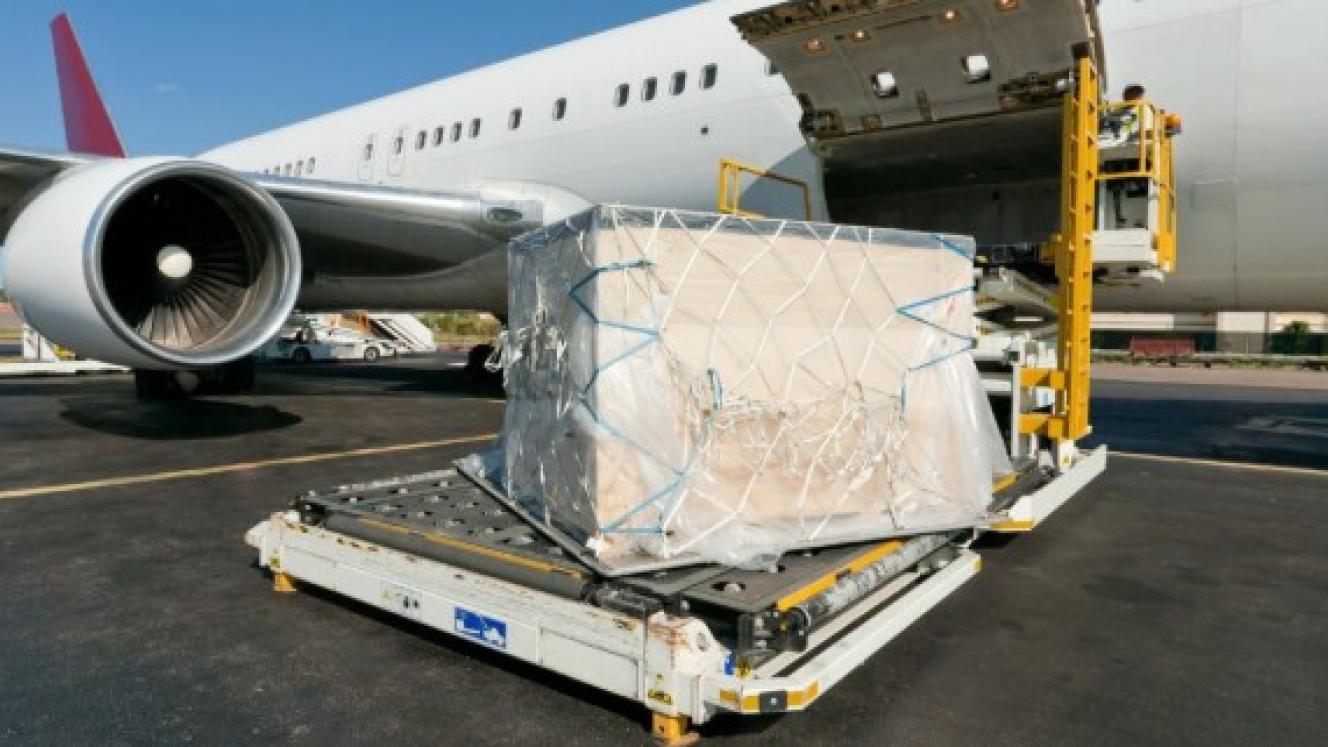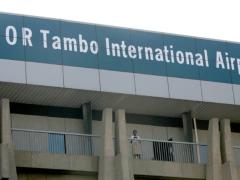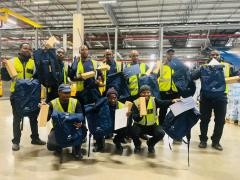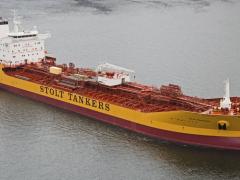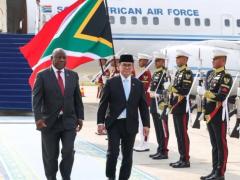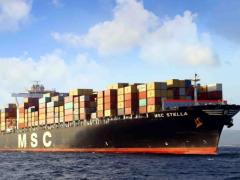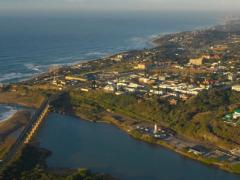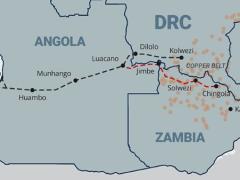Of all the challenges facing newly elected Zambian president Hakainde Hichilema and his administration, the biggest is its dependence on copper exports.“For more than half a century, Zambia has not been able to transform its economy in such a way that the country eases its dependence on copper exports,” writes Janvier Nkurunziza of the Commodities Branch of the United Nations Conference on Trade and development (Unctad).Countries are commodity dependent when they are dependent on commodities for more than 60% of merchandise export earnings. As an illustration of the problem facing consecutive Zambian governments, Nkurunziza points out that, in 1965, copper ore and concentrate, and copper alloys, represented 85% of Zambia’s net merchandise exports. After some marginal improvements, the dependence had dropped to just 80% by 2018.In January 2021 the Zambian government exacerbated the reliance on copper.State-owned Zambia Consolidated Copper Mines Limited (ZCCM) took on $1.5 billion of debt and paid a nominal $1 to take a 73% stake in Mopani Copper Mines, which was owned by Geneva-based mining and trading company Glencore.According to David Whitehouse, the agreement adds to the debt liabilities of a country that in November 2020 became the first African country to default during the Covid-19 pandemic. Writing in the Africa Report, Whitehouse says ZCCM will repay the loan by giving Glencore creditors 3% of Mopani’s revenue to 2023, which then rises to between 10% a nd 17. 5%.Then finance minister Bwalya Ng’andu was quick to allay fears that Zambia was to reintroduce its disastrous nationalisation of the mines and other key sectors of the economy in the 1970s.Copper production declined from a peak of 750 000 tons in 1973 to 257 000 tons in 2000.From 1997, the government started privatising the mining industry.This, however, led to large job losses. Creating sustainable employment is today the biggest challenge of the Hichilema-led government.
